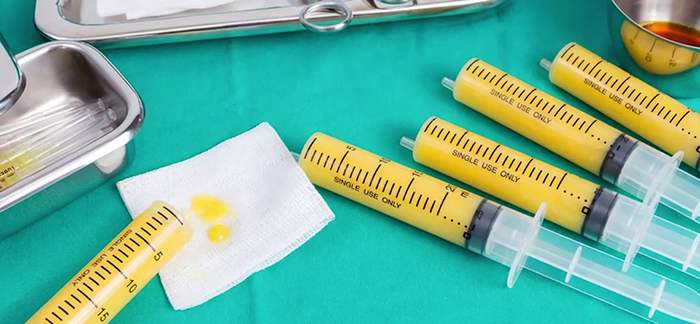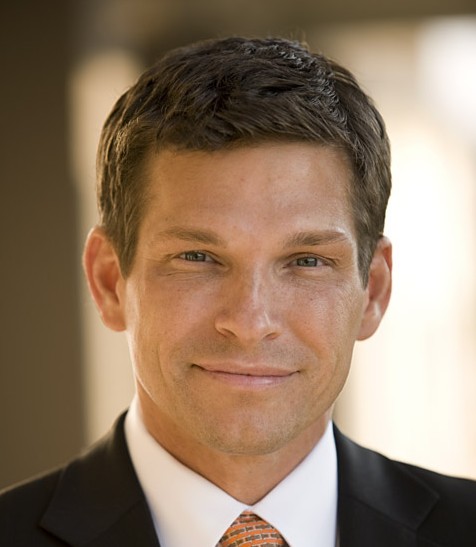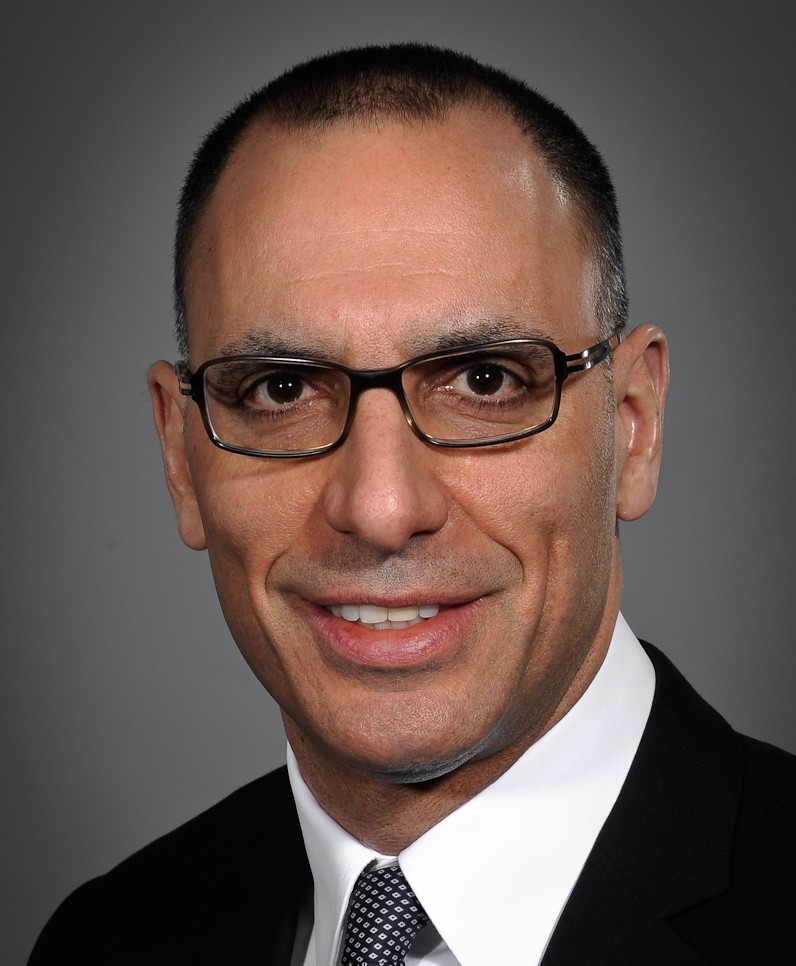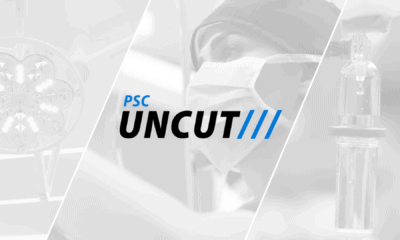Fat grafting seems to have no limits in what it can offer modern plastic surgery. When it comes to the lower eyelids – one of the best all-around procedures for achieving substantive facial rejuvenation – fat continues to change the game.
Fat grafting does involve surgery and liposuction, procedures that a patient may or may not require and/or want to achieve their desired lower eyelid results. In these cases, filler technology is not to be snubbed by fat; the results and patient feedback are also impressive. Board certified plastic surgeons Dr. Ned Snyder of Austin and Dr. Brad Calobrace of Louisville discuss when they use fillers and when they use fat in lower eyelid procedures, describing the positives and negatives of both for patients curious about these tremendously exciting options.
Lower Eyelid Rejuvenation – Fat or Fillers?
The lower eyelids can truly be the turning point of “young to old” in much of the population. A person may be in extremely fine physical shape, yet sagging skin and growing pockets of fat will remind all that this person is no longer a spring chicken.
This is the reason why lower eyelid procedures attain some of the greatest results with all things considered. It’s a small area with less to treat, but because of it’s importance to overall signs of aging, taking it out of the equation can give patients a major boost of youth.
Sometimes the rejuvenation doesn’t even have to involve surgery; perhaps a quick injection of filler may do the trick. “When I’m not in the operating room, and I’m in my office, it’s a great use of fillers around the lower eyelids,” shares Dr. Calobrace. “And it can be very effective if done appropriately.”
Like fat grafting, fillers have their own tale about extreme usefulness in modern plastic surgery. Not only are they effective in achieving results, patients love the idea because no surgery is involved. If a patient were to see Dr. Calobrace for a lower eyelid procedure, maybe they’re hoping that they can pop in for a quick injection and have their troubles dealt with, all without operating rooms, scalpels, general anesthesia, and, perhaps most importantly, downtime. “Fillers are something we just get off the shelf. It’s something easy and it’s very quick; it’s an easy patient interaction,” explains Dr. Snyder. “The injectability of them and the treatment of the lower eyelids is a pretty easy process.”
Fillers sound great, but there exists one major downside: the results are only temporary. For some, the fact that fillers are “something else” being injected into the face is also troublesome, but most are more concerned with the fact that their great, easily-attained results will not last for long before a new injection needs to take place. When it’s time to find a permanent solution, or if fillers are no longer getting the job done, fat is ready to take over.
Fat Grafting to the Face
Similar to fillers, fat grafting to the face is a way to introduce new volume where it has been lost to aging. The fat used is harvested from the patients themselves, helps circulation in the area, and may even deposit some stem cells to do further rejuvenative work at the cellular level.
The catch with fat grafting? It requires surgery. “For me, I like to use fat whenever I’m in the operating room,” explains Calobrace. “I’m already doing surgery with a facelift, with lower eyelids, or really any surgery – maybe just doing liposuction – I have fat available and it’s easy to do. It’s a bigger procedure than just something I do in the office. So I’ll use fat whenever I’m in the operating room and I think it works beautifully in the lower eyelids. It brings something more than volume; it brings circulation, it brings stem cells.”
Where Does the Fat Come From?
With all of the promise and excitement fat grafting to the face holds, patients do need to realize the fat has to come from somewhere. That process involves surgery, so a trip to the OR is required. “The harvesting of fat is the longer, more complicated aspect,” explains Snyder. “If we’re already using in other portions of the face – which most of us probably do with most facelifts – then using it for lower eyelids is an easy adjunct.”
Fat is harvested in surgery via liposuction. Surgeons analyze pockets of fat that may be useful; the abdomen and torso are typically the zones involved. “Usually it’s from the abdomen, but it could be from anywhere,” continues Snyder. “Typically it’s usually either thigh or torso areas, but I would say the abdomen and waist is most common.”
Calobrace finds that the typical patient who may do well with fat grafting to the face is also on the leaner side. This may complicate the harvesting process, so an expert hand with liposuction is required to preserve the area from which fat is pulled. “Some people are very thin; people that need fat in the face often are very thin. So you really have to look where they have a little deposit that will leave the least problems.”
In the end, fillers and fat grafting are too immensely beneficial techniques to rejuvenate the lower eyelid. The decision on which to employ will come down to the unique situation of the patient, as well as what they want. As always, these procedures require deft hands that have decades of experience to truly achieve great results. Even though fillers may seem easy – and may even be characterized as such by the experts – their placement absolutely requires deep anatomical knowledge to achieve results. Consulting with a board certified plastic surgeon is always step 1 to achieving facial rejuvenation to alter and limit the aging process.













Facebook
Twitter
Instagram
YouTube
RSS